7 Shots To Get You Out Of Trouble On The Golf Course
Whether you find yourself in the trees, the weeds or just generally out of position, these 7 shots can help get you back on track...
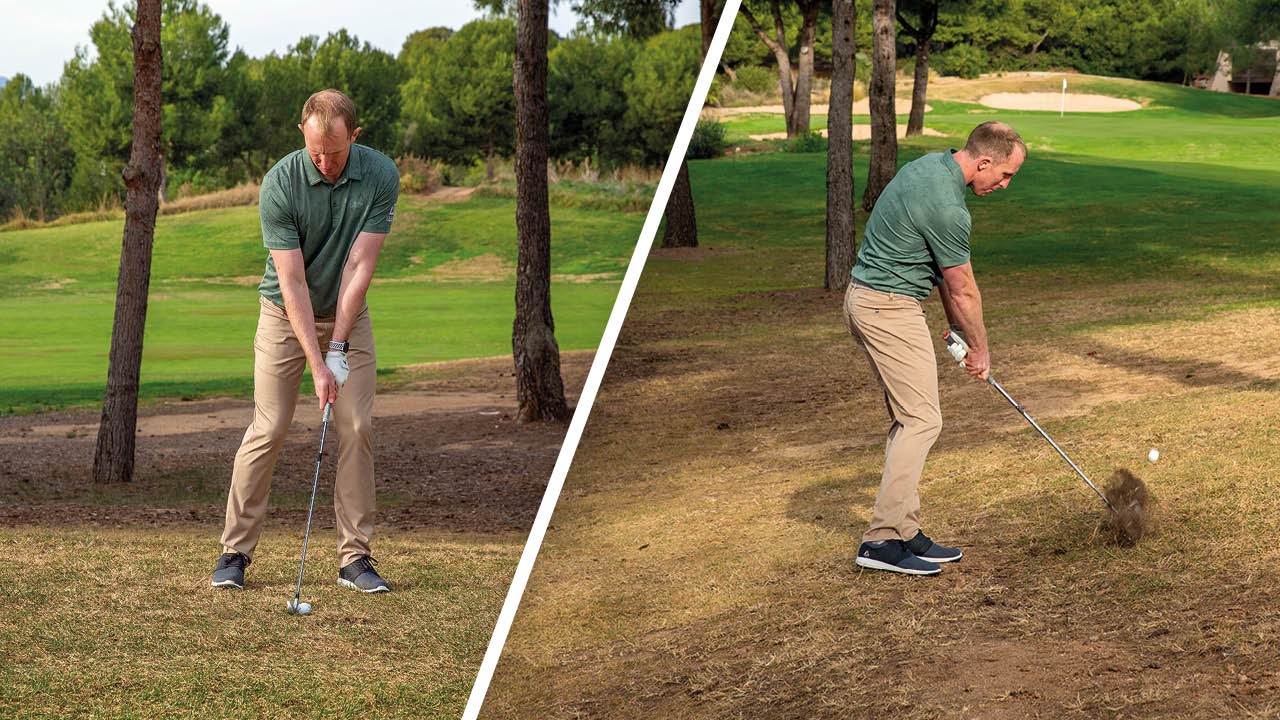

Mark Townsend
Even if you listen to the best golf tips, and consider all the factors like calculating distance in the wind, you are still not guaranteed to hit every fairway. Sometimes, even when we think we’ve hit an okay shot, we experience a spot of bad luck. That's why it's so important to hone your skills, increase your repertoire and develop the golfing IQ needed for a variety of recovery shots that you didn't know you needed.
Here, Golf Monthly Top 50 Coach John Howells runs through seven escape shots for you to call on in various scenarios as you see fit...
7 Shots To Get You Out Of Trouble On The Golf Course
Firstly, some of these shots need a lot of specific practice; others require new dexterity training. The main thing is that when it matters most with scorecard in hand, you only take on shots you can pull off nine times out of ten. If you can’t, hit a different shot.
1. The Left-Hander
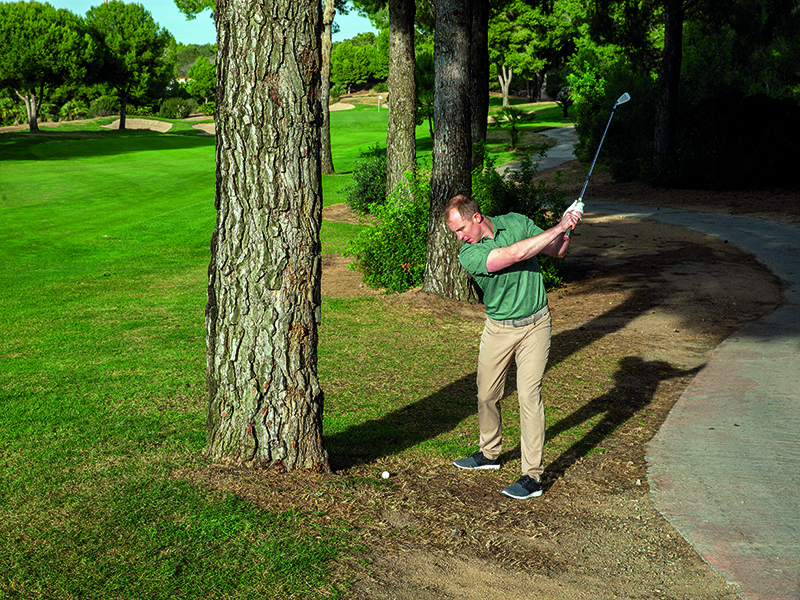
The idea is to take your club – normally a 9-iron is a good option – then flip it round so you hit it left-handed with the toe pointing down. Choosing the correct grip is also important for this shot. Use a left-handed grip if you can, but if you feel more comfortable with your right-handed grip, so be it. You’re just trying to make a left-handed swing to tap the back of the ball. Don’t swing too hard.
It’s more about a smooth movement to nudge it back into play. It’s risky, but if you can develop a fairly repeatable left-handed swing, it can get you out of trouble when options are limited. With practice, you may even be able to hit it around 100 yards. Make a half or three-quarter backswing and then what feels like a slowed-down swing to just brush the ground near the ball. The main thing is practice – you don’t want to be trying this shot for the first time on the course.
Developing a left-handed swing can actually be quite good for your body from a strength and conditioning standpoint, too. Training the other way can help to rebalance or redress some of the tightness you may have acquired from swinging right-handed over the years.
2. The Right-Hand-Only Shot
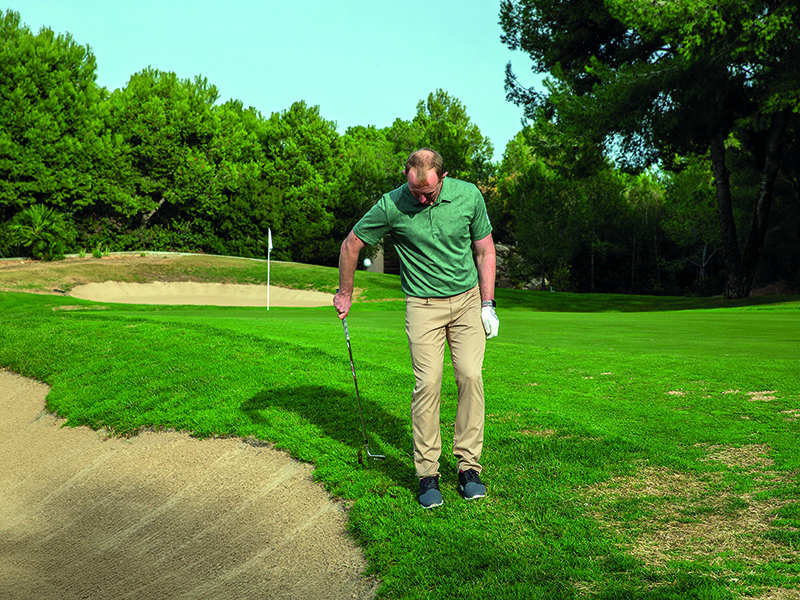
When you’re facing this lie with the ball near the lip of a bunker, if you were to play it in the conventional way, you would be standing two feet below the ball. That’s not very easy as it creates all sorts of problems with contact. In this scenario, I would advise you to develop a right-hand-only chip shot where you actually stand with your back to the target.
Get the Golf Monthly Newsletter
Subscribe to the Golf Monthly newsletter to stay up to date with all the latest tour news, equipment news, reviews, head-to-heads and buyer’s guides from our team of experienced experts.
Make a few practice swings with your right hand cocking almost straight up and down and trying to just brush the grass. The toe of the club will very much be down into the ground, and the heel off the ground. This steepens the shaft plane so the shaft is pretty much vertical and helps with contact as there is less club interaction with the grass or turf. Basically, it’s just a hinge up and a hinge down trying to brush the grass.
Use a lofted club like a sand wedge. Anything with less loft than perhaps an 8-iron and you aren’t going to be able to hit it high enough to clear the rough. There aren’t many options here so you might as well give it a go, but again, the main thing is to make sure you practise it first before you use it in competition as it is very much a backs-against-the-wall type of shot.
3. Shaping It Back Into Play – The Hook
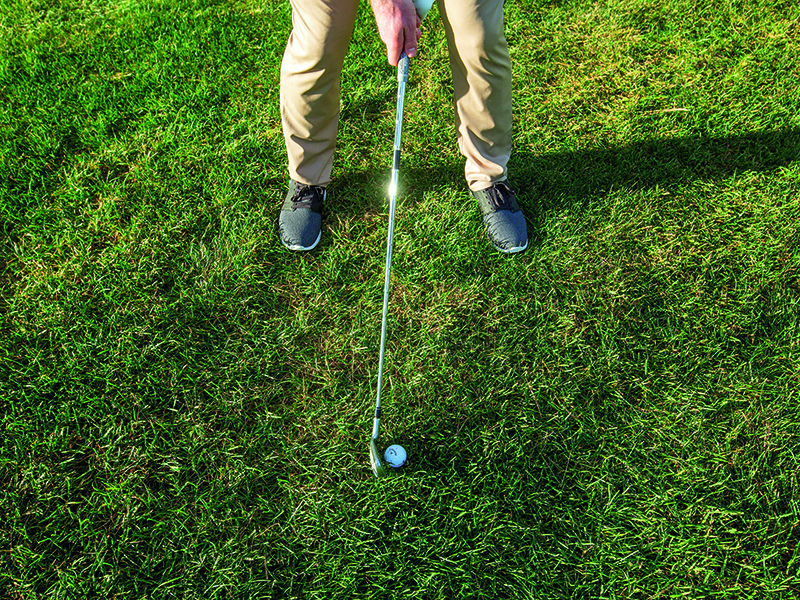
If you are trying to hit it 150 yards to the green, a hook will always go a little bit further, so club down to an 8-iron from a 7-iron or whatever it may be for you. Always go one less. You need to make sure the clubface is closed to the path at impact and the easiest way to do this is to set up with the clubface closed to your stance line. Even though the face might be a good 20˚ closed to your stance line, take your grip as you would for a square clubface, which effectively strengthens it.
Ball position remains the same as normal and the idea is that you then swing along the line of your body. So the swing path will be along the line of your feet, but the clubface will be slightly closed to that line to produce the right-to-left shape you need. It is because the ball tends to fly further than it would with a square clubface that you need to take one club less. All you’re trying to do is focus on the clubface being closed – that is the most important thing.
4. Shaping It Back Into Play – The Slice
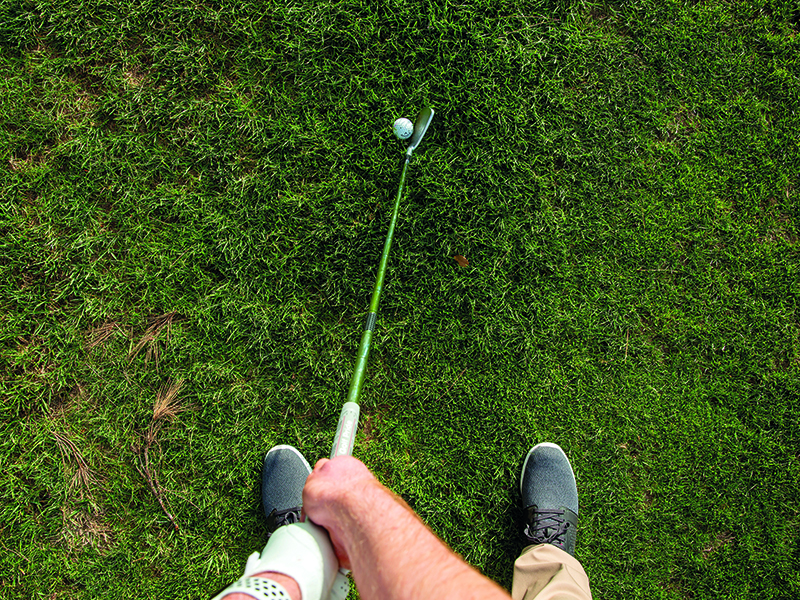
It’s vice versa here, so for a 150-yard shot, take a 6- or even 5-iron rather than a 7-iron, or whatever that distance equates to for you. The reason is that when you open the clubface, as you must do here, you introduce more backspin, more loft and more cut spin, which slows the ball down so it won’t travel as far. Aim well left of target with the clubface a good 15-20˚ open to your stance line and then make a normal swing along the line of your feet. The main priority is to keep the face from closing down through impact, so almost feel like you’re leading with the left hand.
For an intentional slice, your one swing thought needs to be ‘keep the clubface open’ – I can’t stress this enough. You can’t afford to be aiming left and then hitting a straight shot, because you’ll end up in worse trouble on the other side. I’d rather you overcut it and miss the target the other way. You’ve got to keep the face open to ensure that, directionally, your ball finishes back in play.
5. The Low Punch
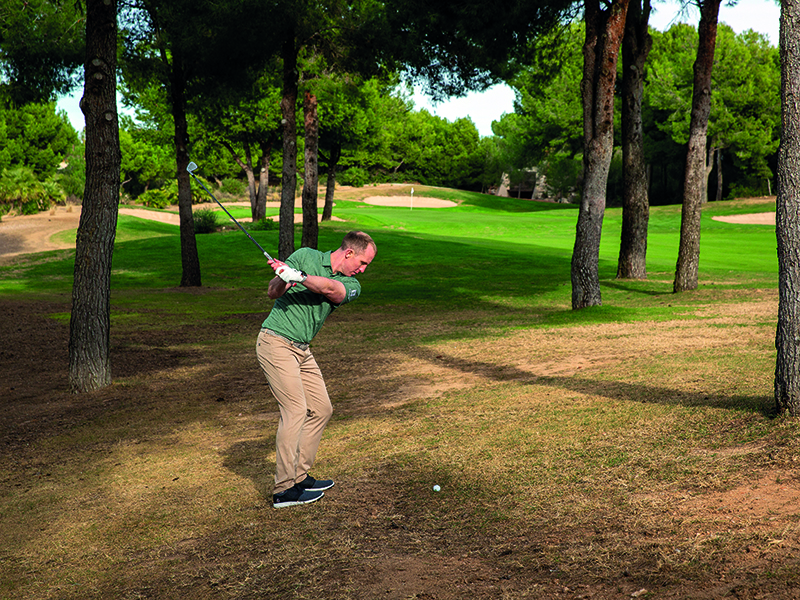
You’re in the trees 100 yards out with a good lie but need to keep it low. With something like a 5-iron, set the ball in the middle of your stance or slightly back, with a lot more weight on your left foot so the shaft leans forward. Then make a half swing both back and through, as a full swing will send it way too far. Think of it as a kind of pitch shot with a 5-iron. Abbreviating the follow-through also helps you to deloft the club through impact and achieve that nice forward-shaft-lean position.
Don’t try to be too aggressive. The smaller the gap, the higher the risk so go for a gap that is obviously achievable. In this scenario, many people swing back almost to full 5-iron length, so think of it like a mini chip shot and you’ll probably make the appropriate backswing.
6. The Belly Wedge
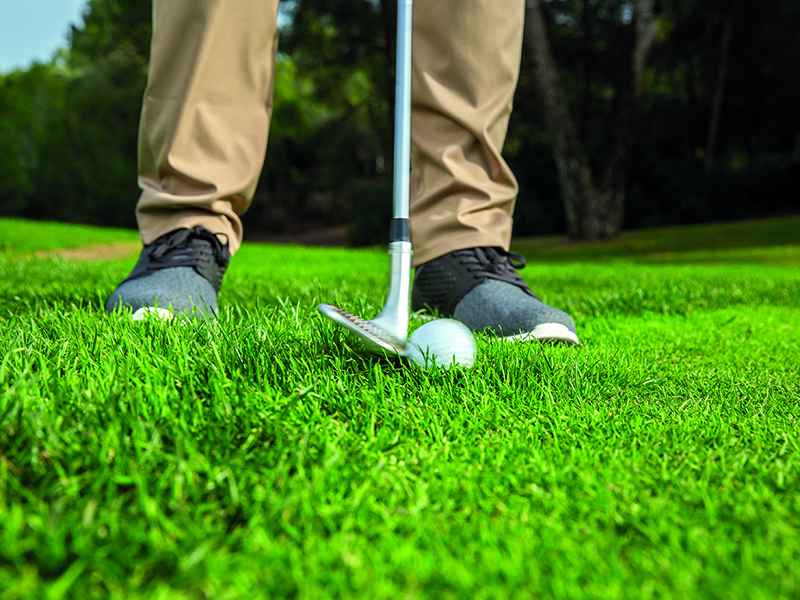
If the ball has trickled off the back fringe and finished up against the collar, or there’s a lot of grass right behind the ball where you would be making contact but less grass the other side, the belly wedge is often the answer. If you use a putter with its reasonably large surface area, it’s going to contact all of that grass before hitting the ball. You don’t know quite how hard or fast it will come off the face, making distance control really difficult.
My recommendation is to use the leading edge of your sand wedge and basically try to get that leading edge to deliberately strike the equator of the ball. As you are intentionally trying to thin it, you need to address the ball halfway up near the equator. Play it like a putt and the ball will come off the face with a similar speed to a putter, but with the sharp leading edge cutting through the grass so the club doesn’t snag. It will come out a touch faster than normal but with no loft on it – the ball will basically skip over the grass.
7. The Hover Shot
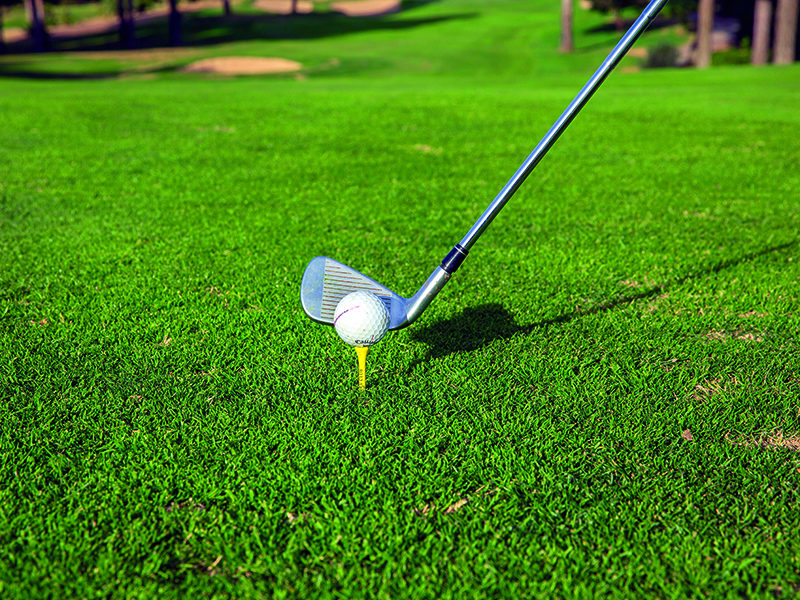
People often get excited when they find their ball really sitting up in the rough, thinking they’ve caught a great lie. But they then let themselves down by not recognising that the ball is several inches above their feet and really needs to be treated like a ‘ball above feet’ lie. A great tip is to tee up a mid-iron on a tall driver tee and get really good at hovering the club at address. Keep your body angles, don’t lose height, grip down a little bit and then try to feel as though you’re picking the ball off the top.
Most people go right under it or catch it high on the face so ball speed drops off. Even if they think it’s a good shot, it comes up way short. Make sure you pick it off the top, almost as though you’re hitting it thin. Vertical contact is your main focus.

Location: JCB Golf & Country Club
John joined the JCB Golf & Country club after spending seven years as the Senior Instructor at the Butch Harmon School of Golf Dubai. His coaching style is very much holistic in nature and TPI physical screenings are an integral part. John is able to identify physical limitations that may affect your swing and he has worked with the likes of Darren Clarke, Michael Hoey, Steve Webster and Rayhan Thomas.
Biggest influence:
Without a doubt the six years I spent working for Butch Harmon. I worked there from 2012 to 2018 and had the ability to everyday learn from one of the best modern instructors in the world today, Justin Parsons, who was my mentor and boss. We also were very fortunate to meet and learn from Claude Harmon III and Butch. The time spent in Dubai was the most pivotal because being surrounded by excellence was so inspirational for me as an instructor. I was able to frequently watch tour players practicing on site and working with their personal coaches, I was able to shadow coaches such as Sean Foley working with Danny Willet, Alan Thompson working with Tommy Fleetwood.
Greatest teaching success story: Working with Rayhan Thomas for three years as his putting coach was a pretty special opportunity for me. Seeing him go on to win his first professional tournament at the 2016 Mens Tour Dubai Creek open where he set a world record equalling nine birdies in a row.
Biggest challenge:
There is a new wave of golfers coming through the Bryson DeChambeau era and I am cautious about how many young golfers will attempt to play the game the same way as he does over the coming 10 years. We could see a lot of young talented golfers fall by the wayside either through injury or not being able to move the same way that Bryson does. I am really supportive of golfers pushing the boundaries of human physical performance so I admire what Bryson has been able to do, however I am apprehensive as to what this might be doing to the way young golfers see the game as a weightlifter/crossed with golfer/crossed with long drive champion.
- Mark TownsendContributing editor
-
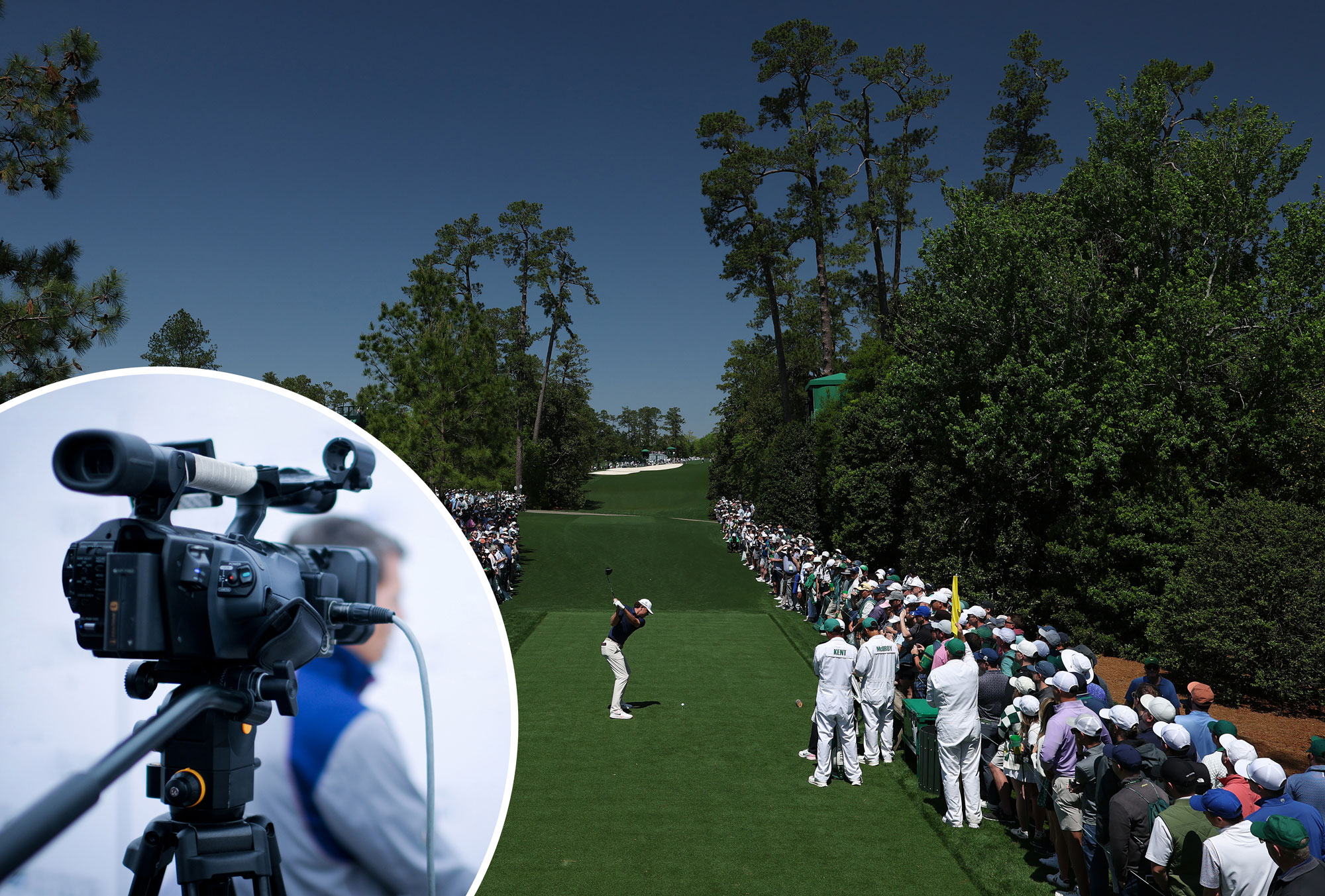 Does Television Commentary Improve The Masters Viewing Experience? I Can Name 5 Different Ways I'd Rather Immerse Myself In The Action
Does Television Commentary Improve The Masters Viewing Experience? I Can Name 5 Different Ways I'd Rather Immerse Myself In The ActionWatching The Masters on TV is an annual tradition for many golfers, but does the commentary improve the experience? I can think of five better alternatives...
By Barry Plummer Published
-
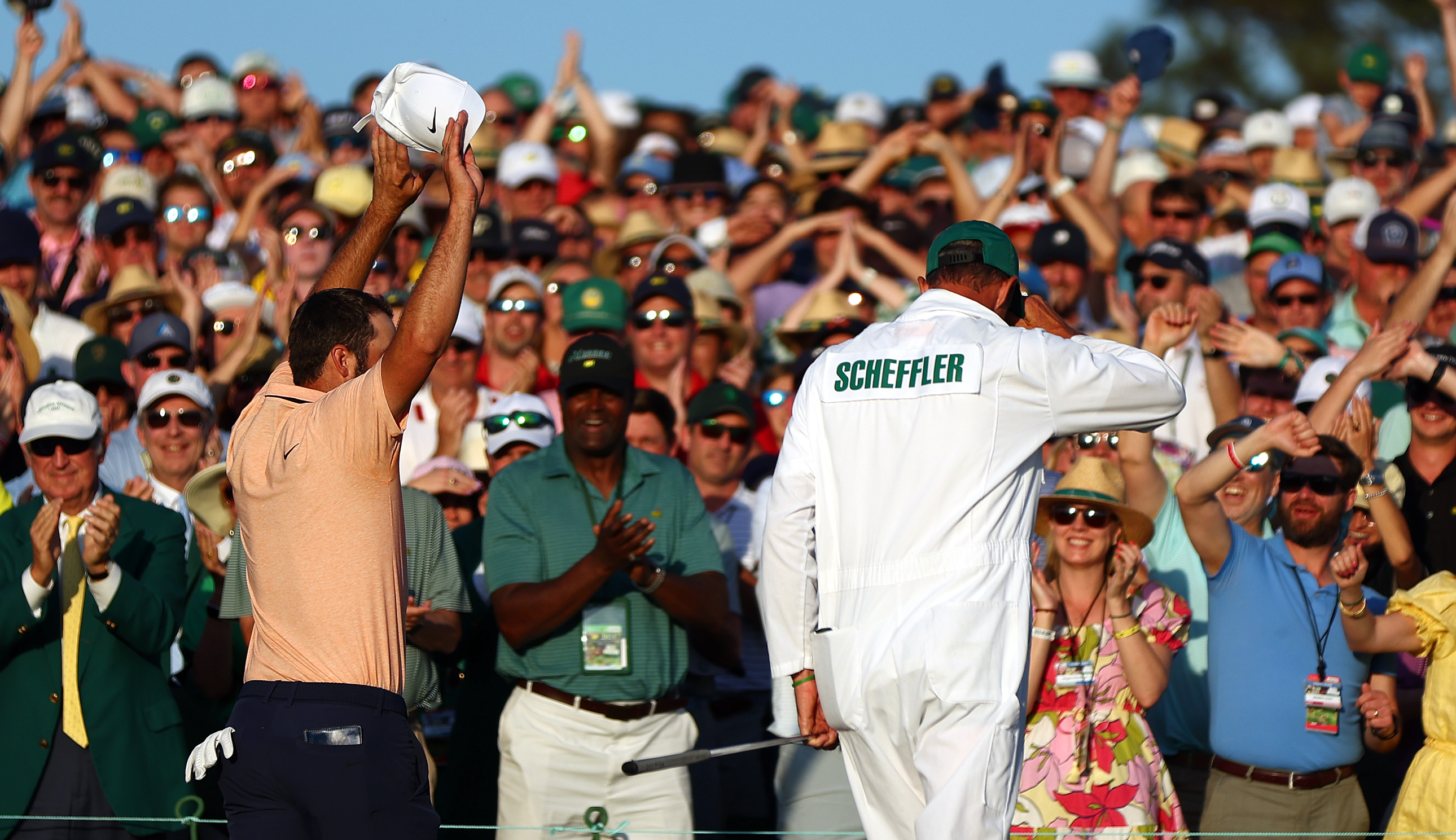 How Much The Winning Caddie Will Make At The 2025 Masters
How Much The Winning Caddie Will Make At The 2025 MastersThe Masters has seen a significant boost in prize money for 2025, with the Green Jacket winner, and his caddie, set to secure large paydays in Georgia
By Matt Cradock Published
-
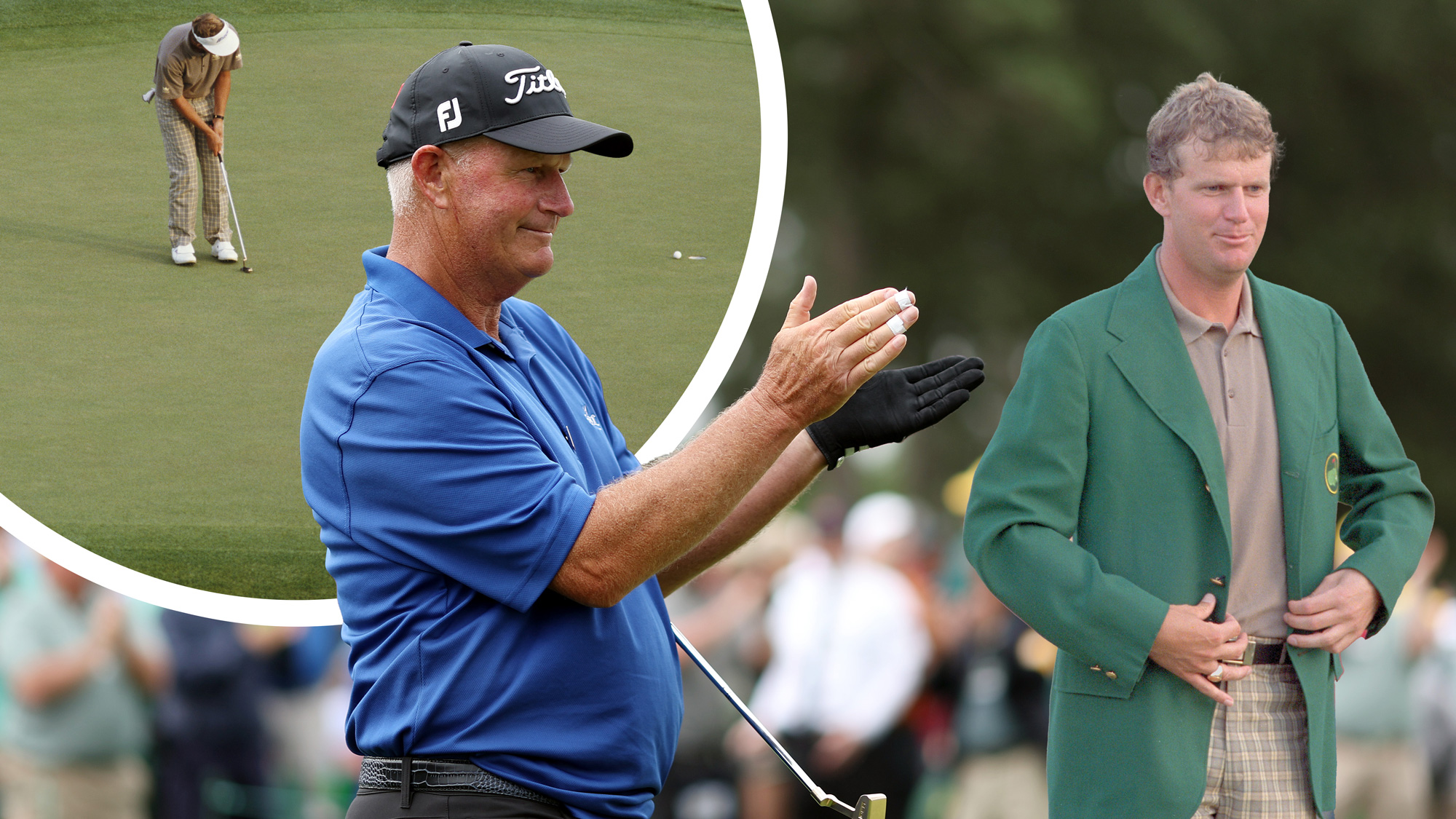 Sandy Lyle Shared 3 Top Tips With Us Prior To Winning The Masters in 1988... And They Could Still Save You Shots 37 Years Later
Sandy Lyle Shared 3 Top Tips With Us Prior To Winning The Masters in 1988... And They Could Still Save You Shots 37 Years LaterThe 1988 Masters Champion shared his expert tips in the January 1988 issue of Golf Monthly, but they are still absolute gems for amateur golfers to this day...
By Barry Plummer Published
-
 Are You More Accurate Than The Average Amateur Golfer? Peter Finch Can Help You Hit More Fairways In 2025
Are You More Accurate Than The Average Amateur Golfer? Peter Finch Can Help You Hit More Fairways In 2025There is no better feeling than striping one down the middle of the fairway, but many amateurs struggle with accuracy. Peter Finch has four pro tips to help...
By Barry Plummer Published
-
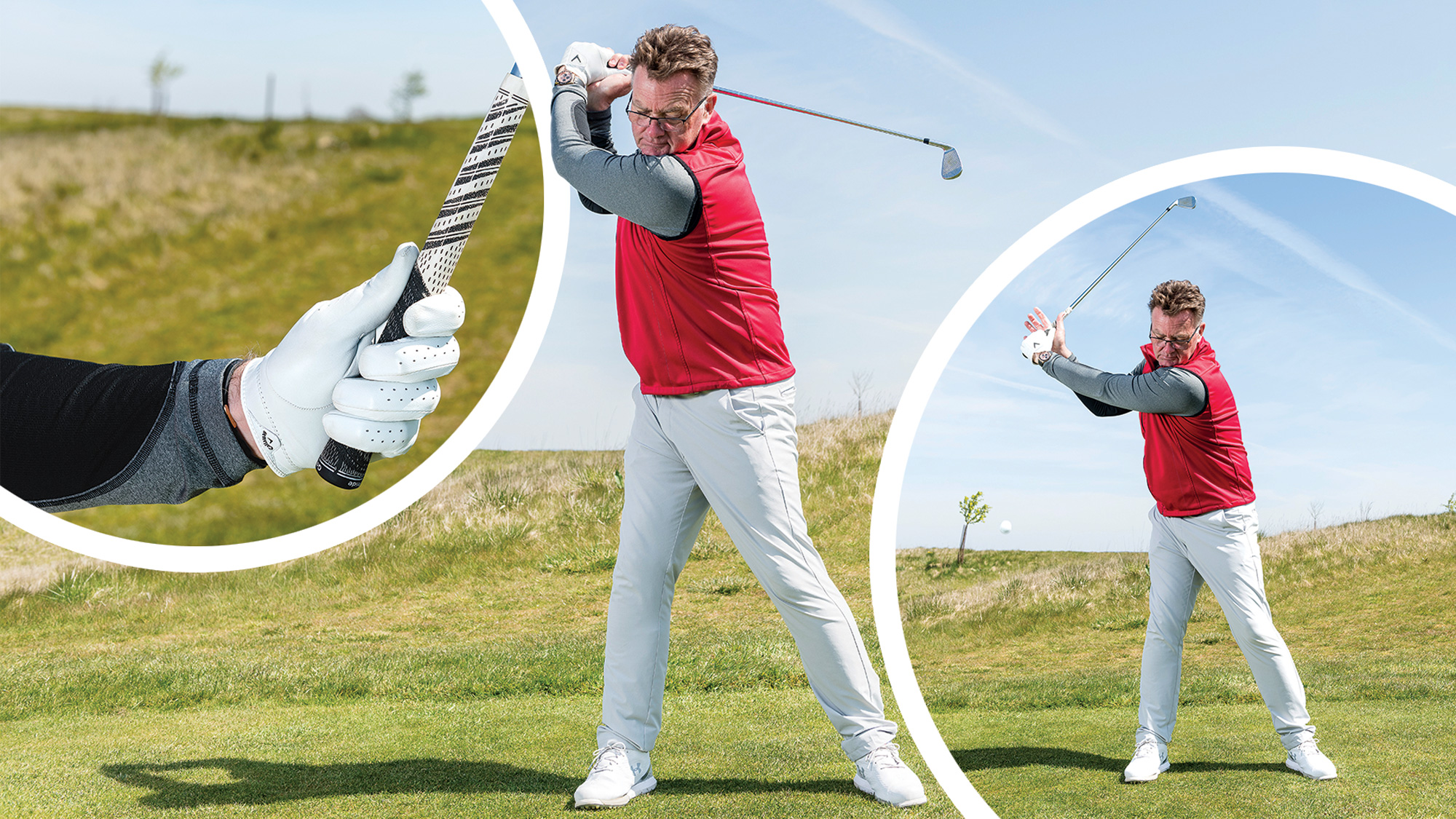 Are You A Victim Of This Destructive Golf Swing Fault? Let Me Help You Fix It Before You Tee It Up This Weekend
Are You A Victim Of This Destructive Golf Swing Fault? Let Me Help You Fix It Before You Tee It Up This WeekendAn overswing in golf is a destructive habit which can cost us precious shots on the golf course, but PGA Pro John Jacobs has a quick fix to get us game ready...
By Barry Plummer Published
-
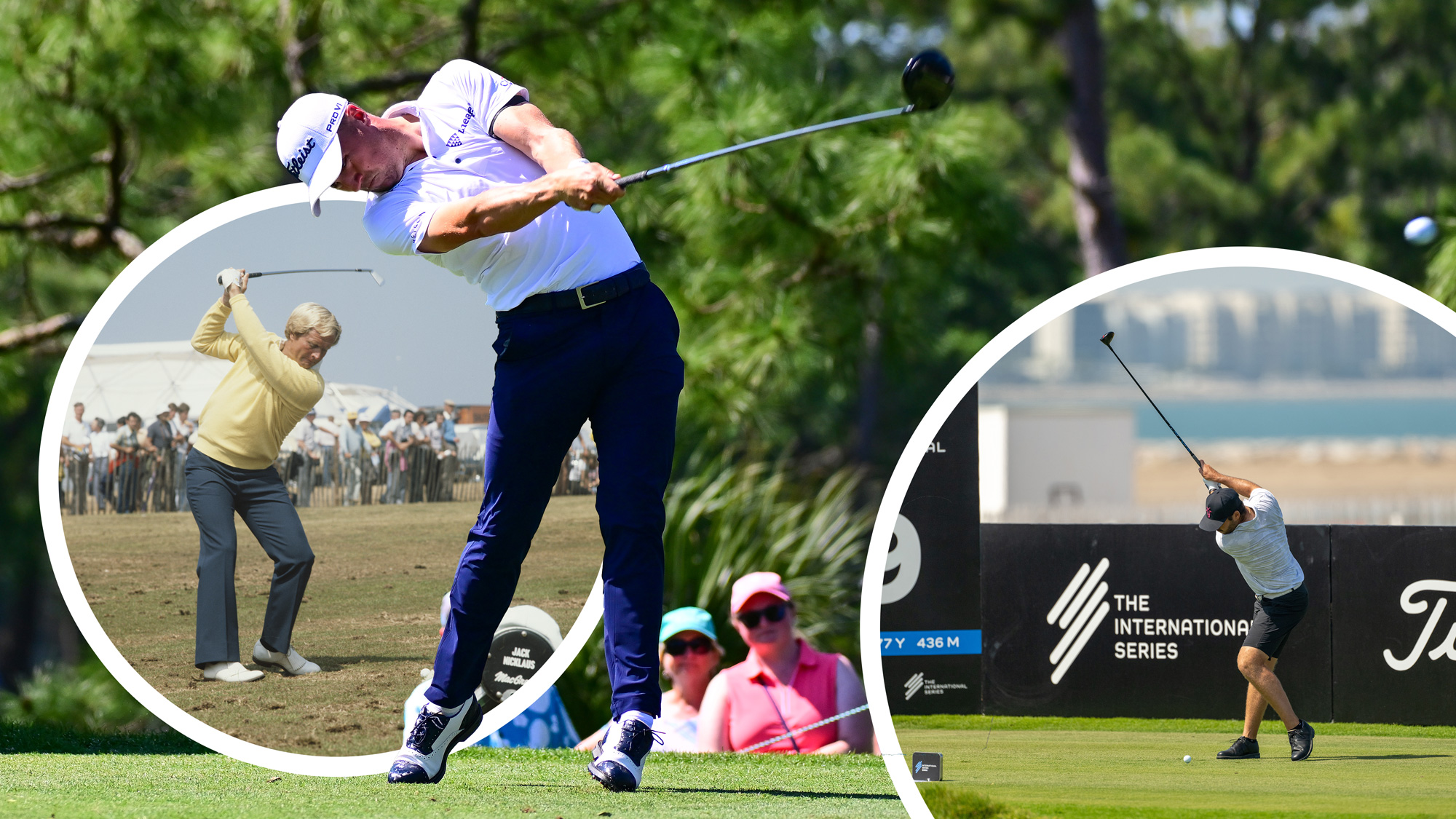 Do You Struggle With Distance Off The Tee? Try This Quick Fix To Make 2025 Your Biggest Golf Season Yet
Do You Struggle With Distance Off The Tee? Try This Quick Fix To Make 2025 Your Biggest Golf Season YetStruggling with distance off the tee could be a major reason why your handicap isn't coming down or your scores aren't improving, but our quick fix can help...
By Barry Plummer Published
-
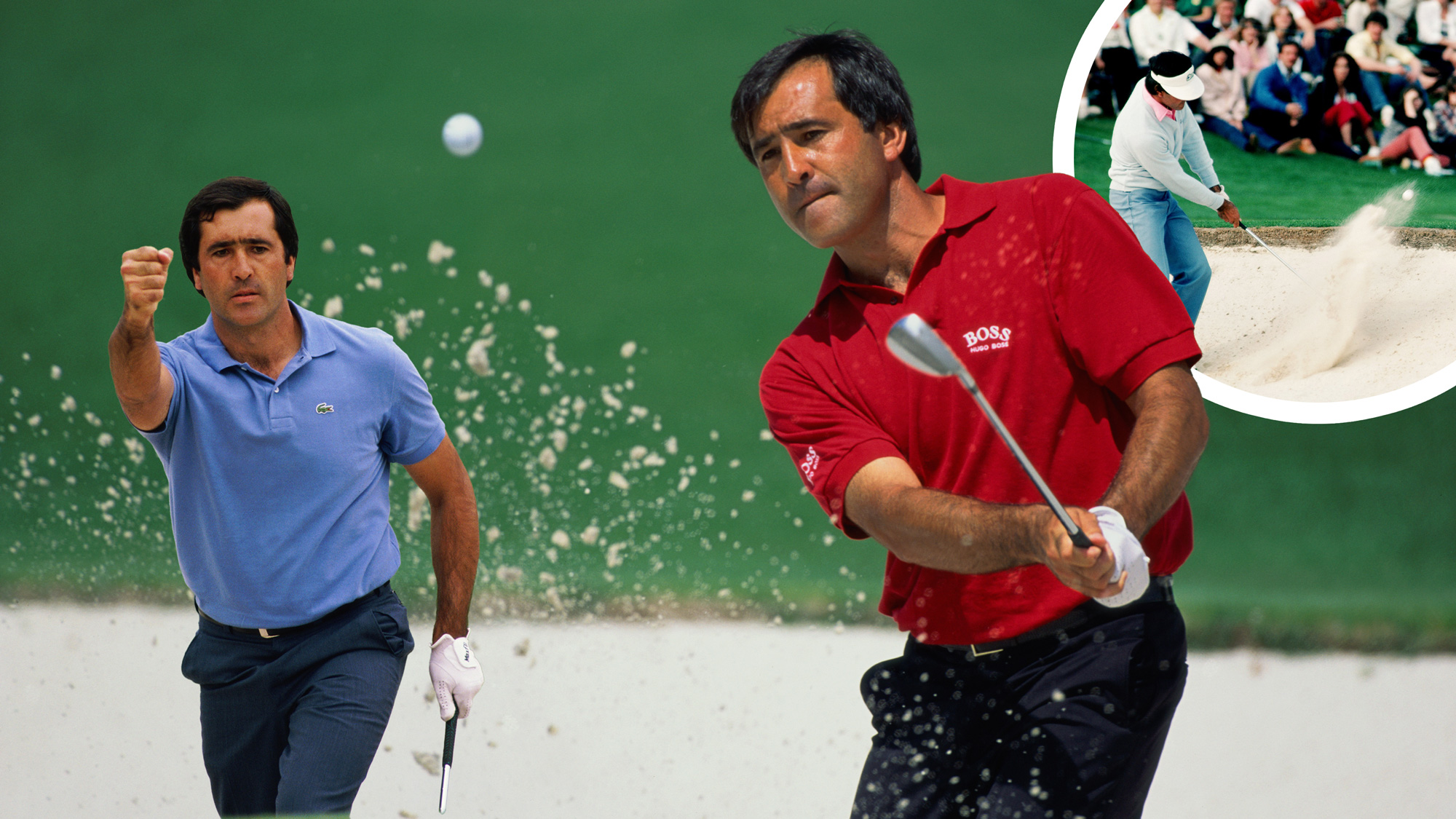 Seve's 'Lost' Bunker Lesson: Master Slopes And Transform Your Short Game Today
Seve's 'Lost' Bunker Lesson: Master Slopes And Transform Your Short Game TodaySeve's forgotten bunker lesson, from Golf Monthly's August 1983 issue, could hold the secret to better bunker play and supercharging your short game this season
By Barry Plummer Published
-
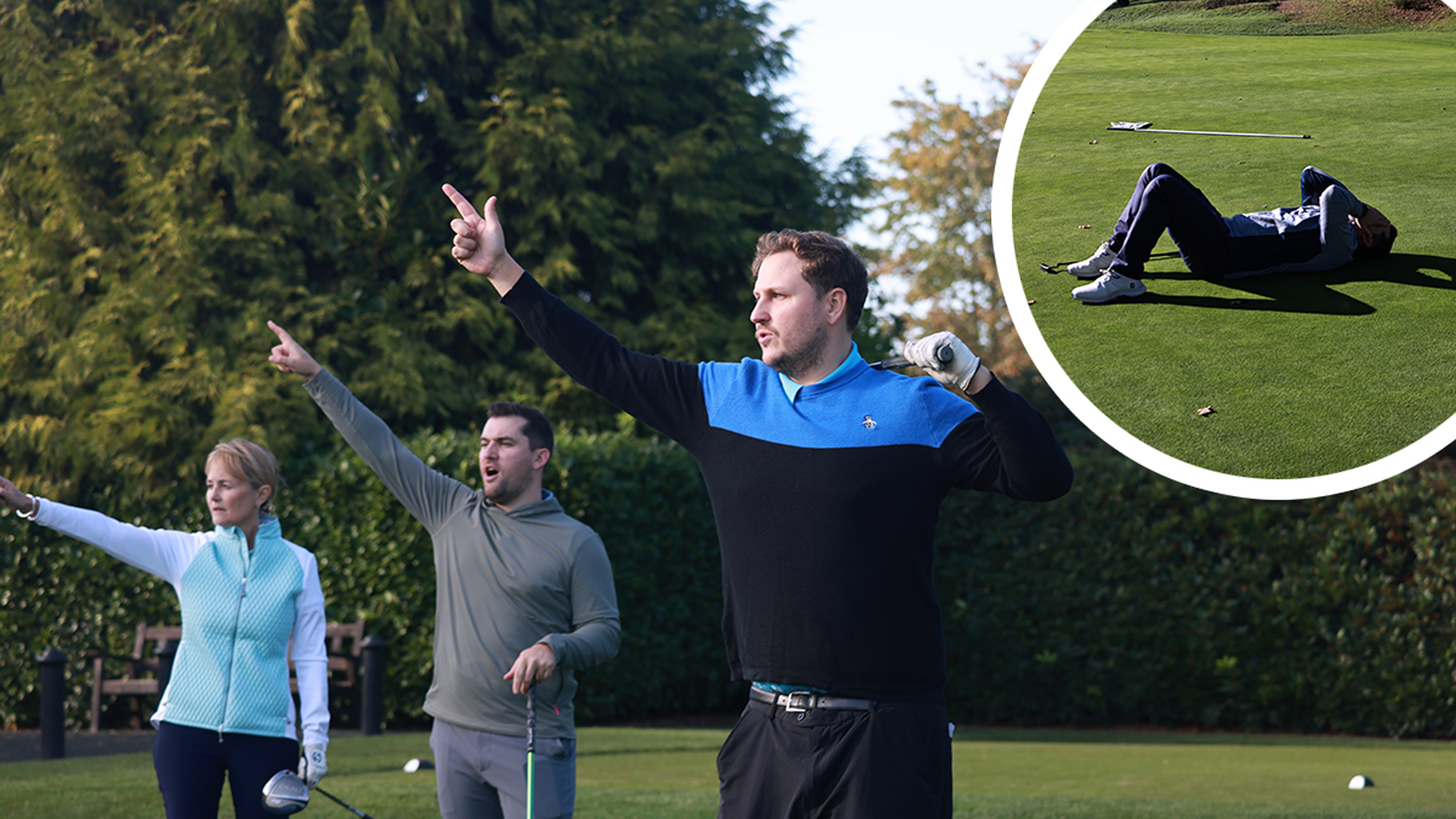 Is Your Golf Swing Failing You? This All-Encompassing Drill Can Instantly Save It
Is Your Golf Swing Failing You? This All-Encompassing Drill Can Instantly Save ItAre you struggling with your golf swing? Discover the all-encompassing drill that can fix common swing faults and restore your game. Get back on track today!
By Tom Motley Published
-
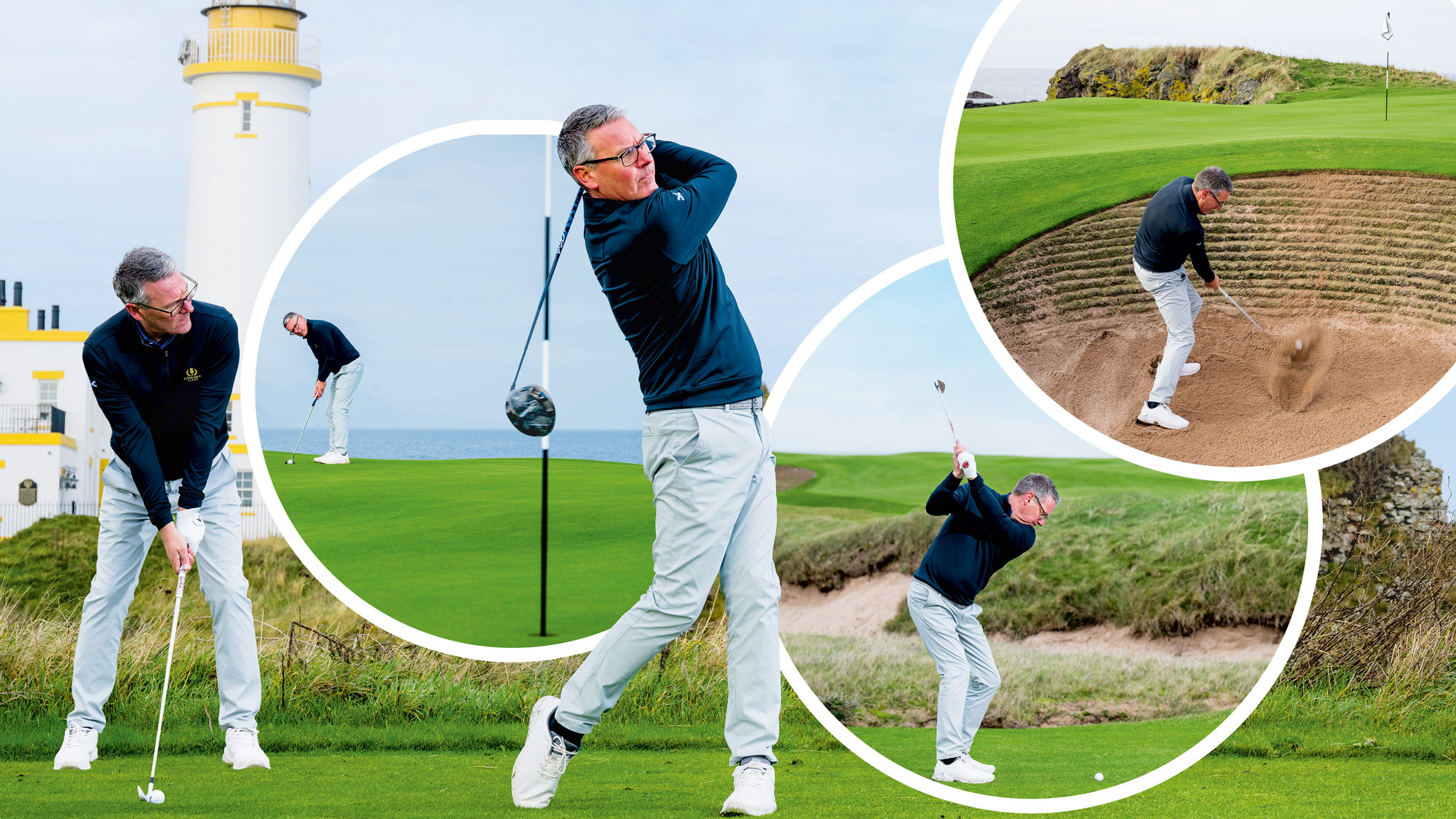 I Attended An Exclusive Tee To Green Masterclass With A Top Golf Coach... Now I'm Sharing His 6 Transformative Tips With You
I Attended An Exclusive Tee To Green Masterclass With A Top Golf Coach... Now I'm Sharing His 6 Transformative Tips With YouFew golfers get the chance to spend an entire day with a top golf coach, which is why I can't keep his six expert tips to myself. Get ready to play better golf!
By Barry Plummer Published
-
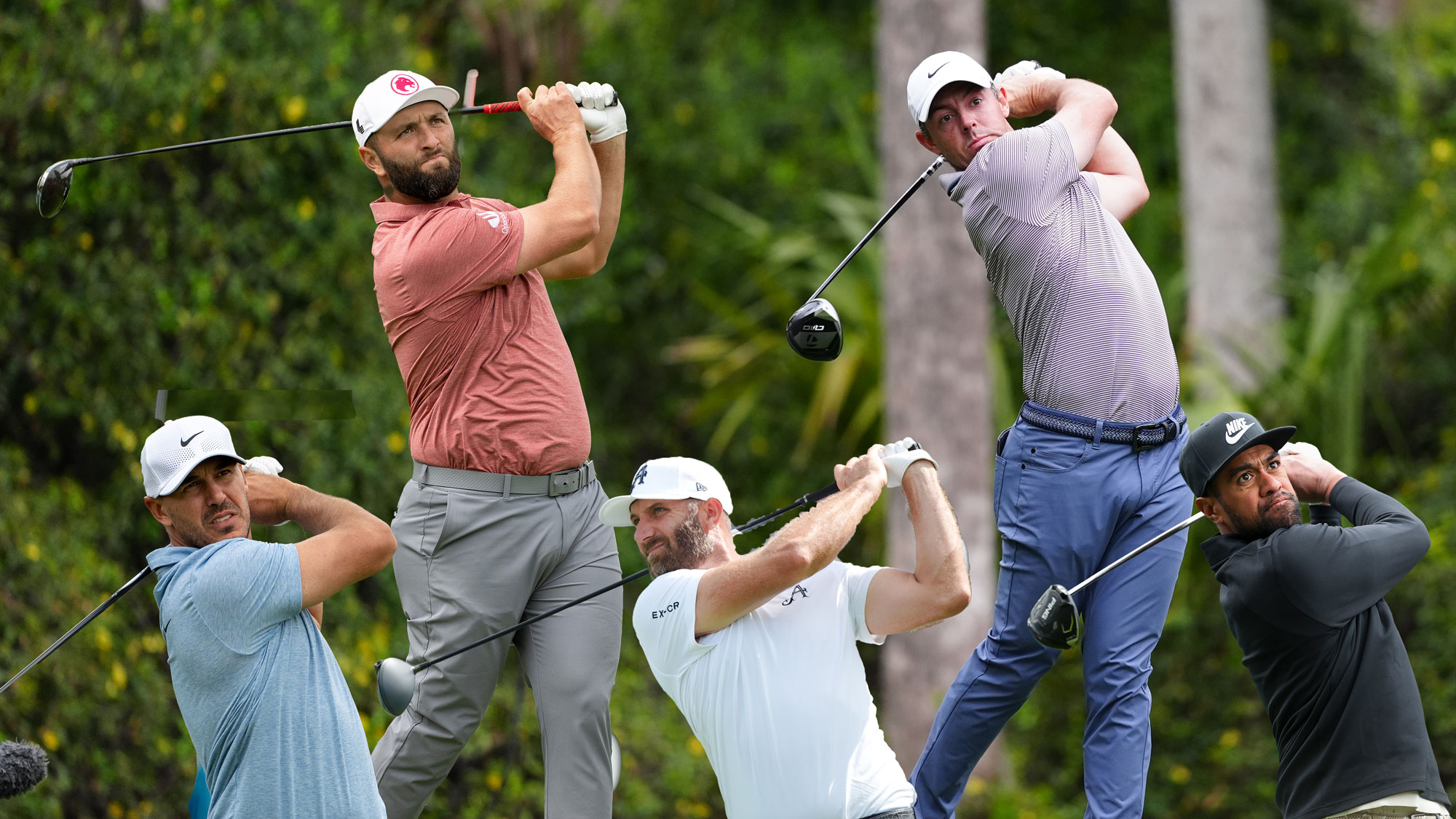 5 Things The Biggest Hitters Do To Generate Power In Their Golf Swing (And How You Can Copy Them)
5 Things The Biggest Hitters Do To Generate Power In Their Golf Swing (And How You Can Copy Them)Generating more power is a great way to improve your handicap and shoot lower scores. So, we analysed the biggest hitters in golf to help you hit it further...
By Barry Plummer Published